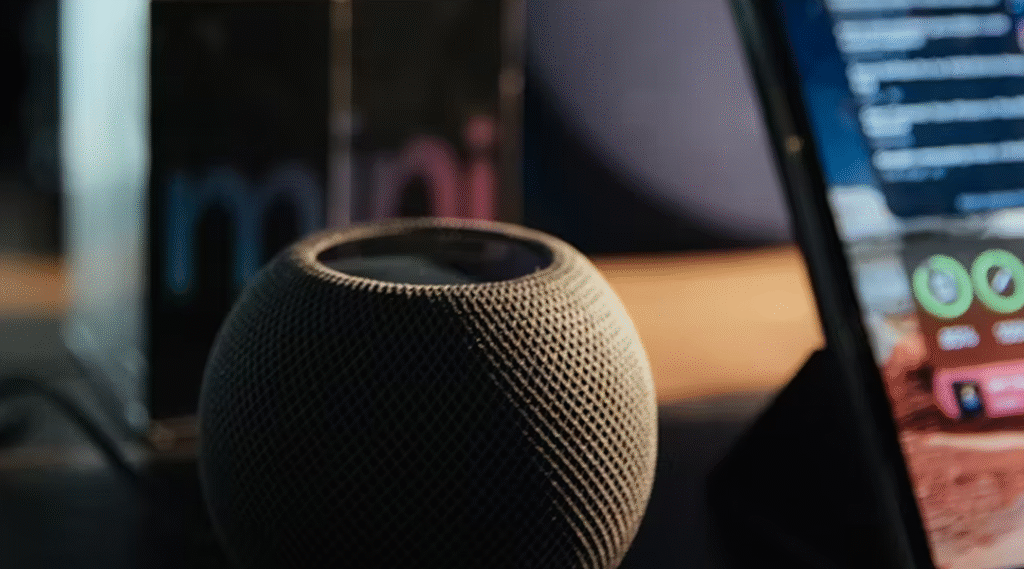Since the first consumer smart speaker launched in 2014, voice‑enabled devices have rapidly transformed from novelty gadgets into everyday household assistants. Today, smart speakers and their visual counterparts—smart displays—serve as hubs for home automation, information retrieval, entertainment, and commerce. To understand where this segment is headed, we need to examine its origins, explore its benefits, chart current market trends, identify leading players, compare hallmark products, and outline strategies for success in an increasingly competitive field.
Origins: From Voice Recognition to Smart Hubs
The smart speaker era began when companies repurposed cloud‑based speech‑recognition engines—once confined to smartphones and call centers—for in‑home use. Early devices offered weather updates, timers, and music streaming. The addition of smart‑home protocols (Wi‑Fi, Bluetooth, Zigbee) transformed these speakers into centralized controllers for lights, thermostats, and door locks. Smart displays took this further by adding touchscreens, turning passive audio devices into visual portals for video calls, recipe walkthroughs, and security‑camera feeds.
Core Benefits: Convenience, Connectivity, and Customization
Smart speakers and displays deliver three primary benefits:
- Hands‑Free Convenience: Voice commands replace manual inputs, making it easy to adjust lights, queue music, or set reminders without interrupting other tasks.
- Centralized Control: Acting as home‑automation hubs, these devices aggregate controls for dozens of compatible gadgets into a single, voice‑driven interface.
- Personalized Experiences: Machine learning enables voice assistants to recognize different users, tailor news briefings, and recommend music or shopping lists based on individual preferences.
Beyond personal convenience, these devices can enhance accessibility for seniors and people with disabilities, offering a more natural and inclusive way to interact with technology.
Market Trends: Rapid Growth and Diversification
Smart speakers and displays have seen exponential adoption. Global shipments grew from roughly 20 million units in 2017 to over 200 million in 2022. While basic smart speakers remain popular for their affordability, the fastest growth is occurring in smart displays and premium audio‑focused speakers. Several trends define the current landscape:
- Display Adoption: Smart displays now account for nearly 30% of device shipments as consumers embrace video calling, cooking tutorials, and visual notifications.
- Audio Quality Premiumization: Flagship speakers are increasingly marketed for high‑fidelity sound, competing with traditional wireless speakers.
- Enterprise and Hospitality Deployments: Beyond homes, offices and hotels are piloting voice‑enabled devices for meeting‑room booking, guest services, and digital signage.
This diversification suggests that the segment is maturing, with buyers gravitating toward specialized form factors and advanced capabilities.
Key Players: Amazon, Google, Apple, and Beyond
Four companies dominate:
- Amazon (Echo Series): The category pioneer, Amazon’s Echo Dot remains the best‑selling smart speaker worldwide. Echo Show displays extend its reach with 8‑ and 10‑inch screens.
- Google (Nest Audio & Nest Hub): Google’s strength in AI and search power its Assistant‑driven speakers. The Nest Hub Max adds a 10‑inch touchscreen and camera for video conferencing.
- Apple (HomePod & HomePod mini): Apple focuses on audio quality and privacy, integrating its Siri assistant and leveraging the iOS ecosystem.
Smaller players—Sonos for sound enthusiasts, Facebook’s Portal for video calling—also carve out niche markets, but their success depends on forging ecosystem partnerships and standout features.
Product Comparisons: Strengths and Trade‑Offs
| Feature | Echo Dot/Show | Nest Audio/Hub | HomePod mini |
|---|---|---|---|
| Voice Assistant | Alexa (vast skills catalog) | Google Assistant (best search) | Siri (strong iOS ties) |
| Audio Quality | Mid-range; Echo Show better | Balanced sound; Nest Hub moderate | Warm tone; surprisingly robust |
| Display | Available on Echo Show models | Standard on Hub; photovivid screen | N/A |
| Smart‑Home Hub | Built‑in Zigbee (Select models) | Requires Nest or third‑party hub | Thread support; HomeKit focus |
| Privacy Features | Microphone off button | Physical mute switch; no camera | On‑device processing; mesh fabric |
Echo devices lead on third‑party integrations, Google excels at search and contextual queries, and Apple appeals to users invested in its ecosystem and concerned about data privacy.
Winning the Race: Strategies for Key Players
- Enhance Interoperability: As smart‑home ecosystems fragment, devices that bridge between platforms (Matter standard support) will gain household penetration.
- Differentiate with AI Services: Vendors should integrate advanced AI capabilities—such as ambient understanding or proactive assistance—to move beyond reactive commands.
- Invest in Audio‑Visual Excellence: Premium sound and high‑resolution displays can justify higher price points and strengthen appeal to both consumers and commercial users.
- Prioritize Privacy and Security: Transparent data‑handling policies, on‑device processing, and robust encryption will be critical for winning trust amid growing privacy concerns.
- Expand Enterprise Offerings: Customizable voice interfaces for business workflows—conference‑room booking, inventory checks, or concierge services—will open new revenue streams.
Final Thoughts
Smart speakers and displays have evolved from novelty gadgets into indispensable portals for home automation, entertainment, and communication. Fueled by rapid adoption, expanding form factors, and ever‑smarter AI, the category continues to mature. To win in this dynamic landscape, companies must balance interoperability, differentiated intelligence, high‑quality hardware, and unwavering commitments to privacy. Those that succeed will not only capture market share but shape the voice‑driven future of connected living.
More relative articles:
Smart Car IoT: Unpacking Its Origins, Impact, and Future Trajectory
The Intelligent Kitchen Revolution: How IoT Is Transforming Culinary Spaces
As for in-depth insight articles about AI tech, please visit our AI Tech Category here.
As for in-depth insight articles about Auto Tech, please visit our Auto Tech Category here.
As for in-depth insight articles about Smart IoT, please visit our Smart IoT Category here.
As for in-depth insight articles about Energy, please visit our Energy Category here.
If you want to save time for high-quality reading, please visit our Editors’ Pick here.



